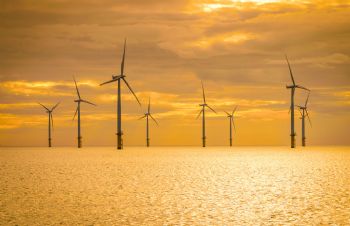
The Scottish government has invested a further £1.5 million in the Carbon Trust’s world-leading collaborative research, development and demonstration programme — the Offshore Wind Accelerator (OWA).
The programme brings together nine of the largest offshore wind developers in Europe; DONG Energy, EnBW, E.ON, Iberdrola, Innogy, SSE, Statkraft, Statoil and Vattenfall.
Paul Wheelhouse, energy minister, said: “The Scottish government’s decision to invest a further £1.5 million in the OWA is a ringing endorsement of the great potential of this programme to help Scotland to use the full potential of offshore wind, and to ensure that we make it as affordable as possible.
The Carbon Trust has done a fantastic job so far in reducing the costs of offshore wind, as well as encouraging collaboration across the public and private sectors to improve the industry as a whole.
The potential benefits of offshore wind energy in Scotland are enormous, which is why the Scottish government is committed to its development.
By continuing to invest in it, not only are we stimulating economic change for the better, but we’re also helping to reduce greenhouse gas emissions in Scotland and helping to fight the impacts of climate change.”
Jan Matthiesen, Carbon Trust director, said: “The Scottish government’s £1.5 million investment in the programme, alongside nine of the biggest developers in Europe, shows there is real confidence in the ability of the OWA to continue to deliver cost reductions.”
Set up in 2008, the OWA programme has been the driving force behind a range of new innovations in the offshore wind sector, such as developing and demonstrating new foundations, the development and adoption of 66kV cabling, setting new design standards for monopiles, driving industry acceptance of floating LiDAR (light detection and ranging) technology and new innovative access vessels and installation methods.
Over the past nine years, it has delivered nearly 150 projects.